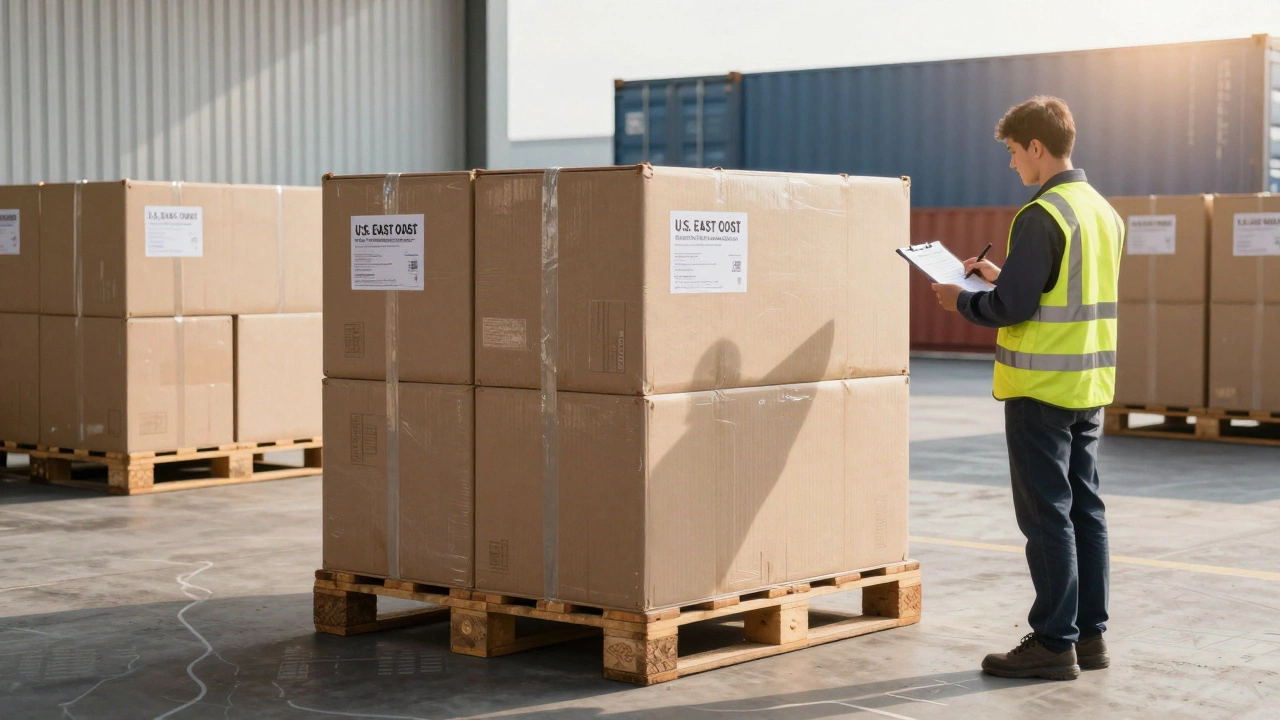Cheap International Shipping: Practical Ways to Cut Costs
If you’ve ever paid too much to send a parcel abroad, you’re not alone. Shipping overseas can feel pricey, but a few smart moves can shave off a lot of the extra charge. Below are straight‑forward tips you can use right now to keep your global deliveries cheap and reliable.
Compare Rates Like a Pro
Never settle for the first price you see. Use comparison tools or check carrier websites side by side. Major couriers (FedEx, UPS, DHL) often have promotional rates for small businesses, while national post services (Royal Mail, USPS) usually offer the cheapest economy tier for non‑urgent parcels. Make a quick spreadsheet of weight, size, destination and the three best rates – you’ll be surprised how much difference a single carrier can make.
Pack Light, Pack Smart
Weight and dimensions drive the price. Use the smallest box that fits your item, and remove any unnecessary padding. If you must use bubble wrap, layer it thinly and fill gaps with recyclable paper instead of bulky foam. Measuring the box at the post office can help you double‑check the dimensions – sometimes a tiny tweak drops you into a lower pricing bracket.
Another tip: combine several small items into one shipment. Consolidation reduces handling fees and often lands you in a lower weight tier. Just be sure the combined weight stays under the next price jump.
Choose the Right Service Level
Not every shipment needs express speed. Most overseas buyers are fine with a 5‑10 day delivery window, which is exactly what economy or standard services provide. These options typically cost half of the same‑day or next‑day alternatives. If tracking isn’t a must, some postal services even offer untracked economy rates that shave another few pounds off the bill.
When you do need tracking, look for a service that bundles tracking into the base price instead of adding it as an extra. This small detail can save you up to 20% on a single package.
Avoid Hidden Fees
Customs duties, fuel surcharges, and insurance are the usual surprise costs. Before you ship, use the carrier’s duty calculator to estimate any import taxes. If the destination country has a free‑trade agreement with the UK, you might qualify for reduced or zero duties – just add the correct HS code on the customs form.
Insurance is optional for low‑value items. Declaring a high value adds a premium you often don’t need. For most personal parcels under £100, the carrier’s liability coverage is enough.
Ship from Cheap Countries When Possible
If you run an online shop, consider storing inventory in a country with lower outbound shipping rates, like the US, China, or Poland. Sending from a hub with better sea‑freight connections can drop costs dramatically compared to sending directly from the UK.
Even for one‑off personal shipments, check if a friend or family member can forward the package from a cheaper origin. A simple hand‑off can cut both the rate and the customs paperwork.
Use Discount Programs and Memberships
Many carriers reward frequent shippers with volume discounts. Sign up for business accounts, even if you ship only a few parcels a month – the registration is free and the savings appear quickly. Also, look for membership clubs (e.g., British Retail Consortium, local chambers of commerce) that negotiate reduced rates for their members.
Finally, keep an eye on seasonal promos. Around holidays and “Black Friday,” carriers often drop prices on international economy services to attract more volume.
By comparing rates, packing efficiently, picking the right service, and avoiding hidden fees, you can achieve genuinely cheap international shipping without sacrificing reliability. Try one or two of these tricks on your next shipment and watch the cost drop.
How to Reduce Overseas Shipping Costs: Proven Strategies for 2025
Learn proven ways to cut overseas shipping costs in 2025-from choosing sea freight over express couriers to consolidating shipments and avoiding customs fees. Save up to 60% with simple, practical steps.
DHL vs USPS: Which International Shipping Option Costs Less?
Get the real numbers comparing DHL and USPS for international shipping. Find out which courier is cheaper, faster, and more reliable for your next global package.
© 2025. All rights reserved.


